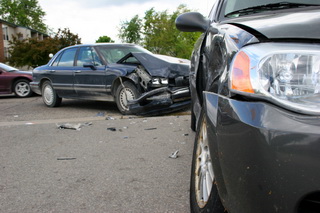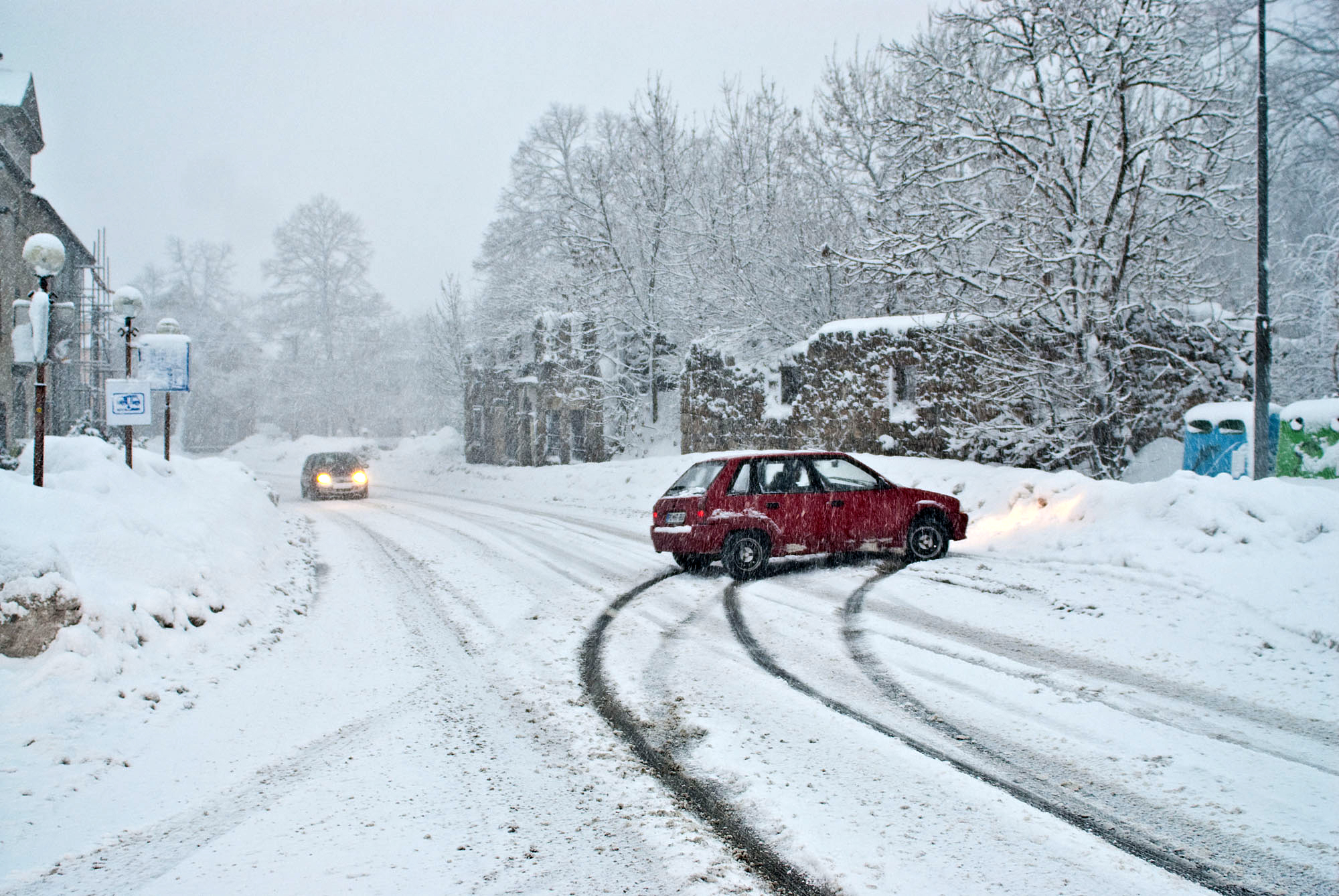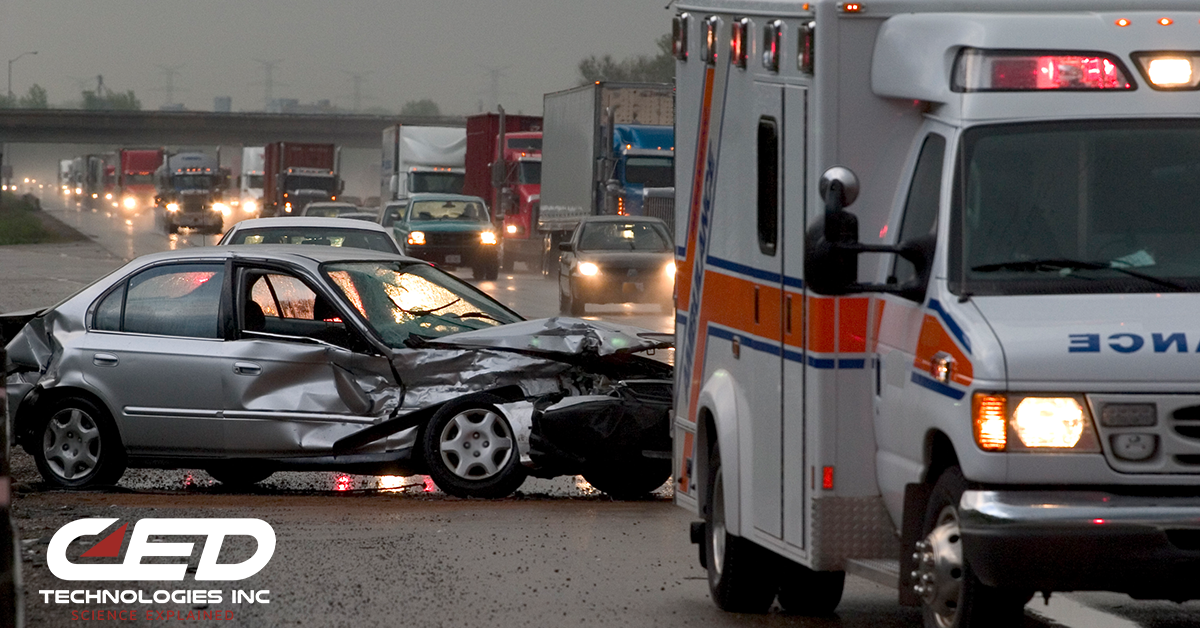
Distracted Driving Hazards
On the Scene E-Newsletter, Edition 143, August 10, 2011
 If a driver of a vehicle engages in an activity that has the potential to take attention away from the primary task of driving, then that person is driving while distracted. Statistically, this is not a good thing. According to the National Highway Transportation Safety Administration, 20% of injury crashes reported in 2009 involved distracted driving.
If a driver of a vehicle engages in an activity that has the potential to take attention away from the primary task of driving, then that person is driving while distracted. Statistically, this is not a good thing. According to the National Highway Transportation Safety Administration, 20% of injury crashes reported in 2009 involved distracted driving.
There are three main types of distraction:
•Visual — taking your eyes off the road
•Manual — taking your hands off the wheel
•Cognitive — taking your mind off the focus of driving
Depending upon the distraction of choice, whether it be talking on a cell phone, putting on makeup, eating or simply fast forwarding to the next song on a smart device, one or more of the above distraction types are in play. The more distraction types employed, the greater the likelihood of a crash. A good example of this cumulative effect is a driver using a hand-held device. While they are looking at, manipulating and concentrating on the device, they are four times as likely to get into crashes serious enough to injure themselves! (Source: Insurance Institute for Highway Safety)
Cell phone usage doesn’t just hinder a person’s ability to steer a car; its influence is a bit more sinister. Cell phone usage actually diminishes certain faculties that affect one’s ability to drive. Cell phone users make 50% less glances than those not using a phone while driving (Muttart, et al. 2007). That includes glances at the road through the windows of the vehicle as well as the rear view and side mirrors. This results in decreased situational awareness and a shrunken area of perception. Using a cell phone also creates a form of inattentional blindness as less attention is shown to object even while looking at it. For example, while chatting on a cell phone and driving by a road sign reading, “Work Zone, 300 feet”, does the driver fully grasp the meaning and implications of that sign?
Distracted drivers are more likely to react impulsively to a changing situation, i.e., distracted drivers are more likely to skid but less likely to slow. From an accident reconstruction perspective, why do we care about distracted drivers? Because distractions directly affect a driver’s reaction time and reaction time can have a determining effect on the scale and scope of an accident. For a more detailed explanation of reaction time, see this previous article titled, “Reaction Time, A Crucial Component to Braking”.
Founded in 1987 by a group of United States Naval Academy graduates and professors committed to applying science and sound principles to accidents, CED has grown to over six offices and a multitude of engineering disciplines. Even though this growth has allowed CED to diversify in such areas as forensics, engineering research, maritime studies and as a first responder to accidents, CED has always maintained the connection to the military discipline through preparation, teamwork, communication and a results focused approach. Therefore, should you require assistance, call us at 800.780.4221 or please contact one of our regional offices to speak with a case specialist.






